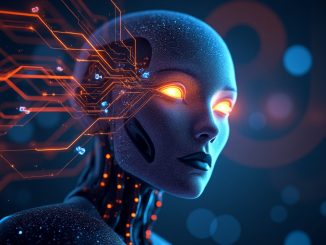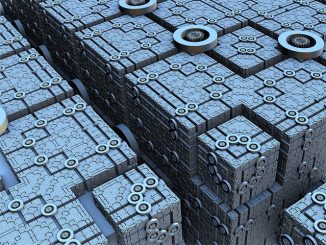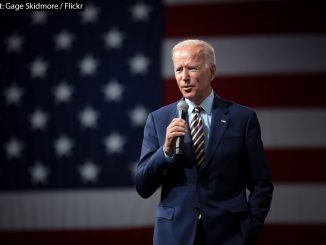
In a groundbreaking dialogue at the Goldman Sachs Communacopia and Technology Conference, Nvidia (NVDA) CEO Jensen Huang painted a vivid picture of a future where artificial intelligence (AI) doesn’t just assist human workers – it becomes an integral part of the workforce itself. This vision, shared with Goldman Sachs (GS) CEO David Solomon, suggests a paradigm shift in how we conceptualize work, productivity, and the very nature of software development.
The End of an Era: Traditional Coding Takes a Backseat
Huang made a bold proclamation that sent ripples through the tech world: “I think the days of every line of code being written by software engineers, those are completely over.”
This statement marks a significant departure from the traditional software development model that has dominated the industry for decades. Instead, Huang envisions a future where AI-powered “digital engineers” work alongside human developers, fundamentally changing the landscape of software creation.
The Rise of Digital Companions
The Nvidia CEO didn’t stop at reimagining software development. He expanded his vision to encompass the entire workforce, stating, “The idea that every one of our software engineers will essentially have companion digital engineers 24/7 — that’s the future.” This concept of AI companions for every worker represents a massive scaling of intellectual capacity within organizations.
To put this into perspective, Huang shared that Nvidia, with its current workforce of 32,000 employees, aims to supplement its human talent with “hopefully 100x more digital engineers” in the near future. This would effectively create a workforce of over 3 million, with the vast majority being AI-powered digital workers.
Generative AI: More Than Just a Tool
Huang emphasized that generative AI is not merely another tool in the tech arsenal. “Generative AI is not just a tool, it’s a skill,” he explained to Solomon. This framing of AI as a skill rather than a tool is crucial. It suggests that generative AI has the potential to learn, adapt, and improve over time, much like human skills do.
The implications of this are profound. If generative AI is indeed a skill, it means that organizations can “train” their AI workforce, potentially creating unique competitive advantages based on how well they develop and deploy these AI skills.
Augmenting Human Capabilities
Perhaps the most revolutionary aspect of Huang’s vision is the idea that AI will augment human capabilities in unprecedented ways. “For the first time, we’re going to create skills that augment people,” he stated. This goes beyond the traditional understanding of technology as a tool that enhances productivity. Instead, it suggests a symbiotic relationship between human and artificial intelligence, where the boundaries between the two become increasingly blurred.
The Trillion-Dollar Transformation
Huang’s comments come at a time when the tech industry is undergoing a massive transformation. He noted that “the first trillion dollars of data centers is going to get accelerated and invented this new type of software called generative AI.” This indicates that we’re at the cusp of a new era in computing, where generative AI will be the driving force behind the next wave of innovation and investment in data center technology.
Challenges and Considerations
While Huang’s vision is undoubtedly exciting, it also raises several important questions and challenges:
1. Workforce Adaptation: How will the current workforce adapt to working alongside AI companions? What new skills will be required?
2. Ethical Considerations: As AI takes on more complex tasks, how do we ensure ethical decision-making and accountability?
3. Economic Impact: What will be the broader economic implications of this AI-augmented workforce? How will it affect job markets and income distribution?
4. Security and Privacy: With AI deeply integrated into work processes, how do we safeguard sensitive information and maintain cybersecurity?
5. Regulatory Framework: How will existing labor laws and regulations need to evolve to accommodate this new paradigm?
Conclusion: A New Era of Human-AI Collaboration
Jensen Huang’s vision, as shared at the Goldman Sachs conference, provides a glimpse into a future where the lines between human and artificial intelligence in the workplace are increasingly blurred. As we stand on the brink of this new era, it’s clear that the way we think about work, productivity, and innovation is set to undergo a profound transformation.
The challenge now lies in navigating this transition responsibly, ensuring that as we harness the power of AI to augment human capabilities, we do so in a way that benefits society as a whole.
As Nvidia and other tech giants push the boundaries of what’s possible with AI, the coming years will be crucial in shaping the future of work and human-AI collaboration.
Reference: Yahoo Finance
- Bulenox: Get 45% to 91% OFF ... Use Discount Code: UNO
- Risk Our Money Not Yours | Get 50% to 90% OFF ... Use Discount Code: MMBVBKSM
Disclaimer: This page contains affiliate links. If you choose to make a purchase after clicking a link, we may receive a commission at no additional cost to you. Thank you for your support!





Leave a Reply